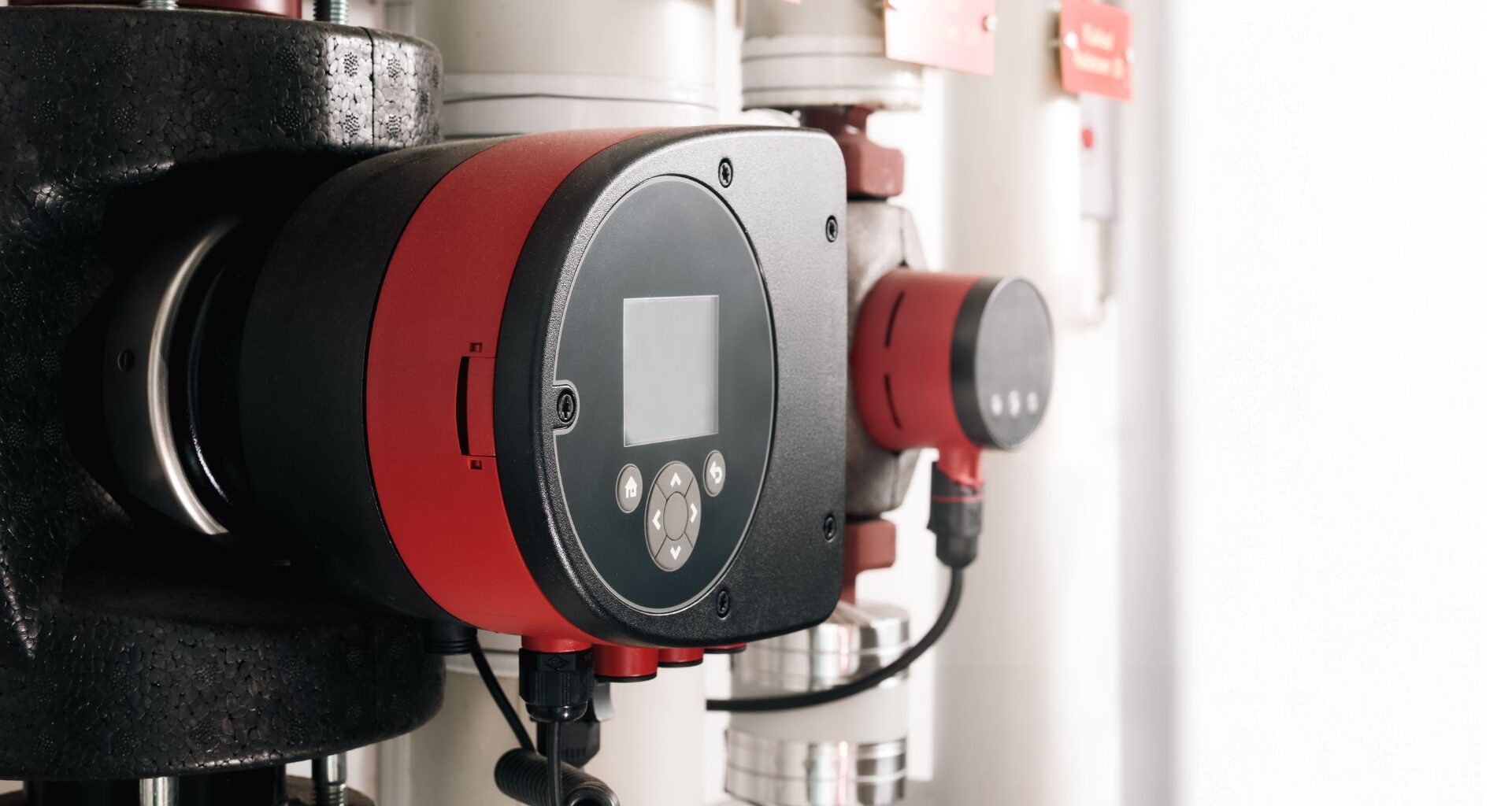Japanese researchers have unveiled a breakthrough in energy harvesting that could redefine efficiency limits.
By exploiting quantum states that resist thermalization, their new approach converts waste heat into electricity more effectively than conventional methods, surpassing traditional thermodynamic limits.
The team’s work with a special non-thermal Tomonaga-Luttinger (LT) liquid could lead to more efficient low-power electronics and help develop future quantum computers.
“Compared to the quasi-thermalized TL liquid, the non-thermal state prepared under the same heat is capable of a larger electromotive force and higher conversion efficiency,” said the researchers in the study abstract.
Quantum heat harvesting
Energy harvesters—devices that capture energy from the environment—can make electronics and industrial operations more efficient by converting waste heat into useful electricity.
Researchers point out that waste heat is everywhere, from computers and smartphones to power plants and factories, but most of it goes unused. While energy-harvesting technologies offer a way to recycle this lost energy, they are limited by the laws of thermodynamics. In systems based on thermal equilibrium, these laws set strict limits on conversion efficiency, such as the Carnot and Curzon-Ahlborn efficiencies, which define the maximum possible performance of heat-to-electricity conversion.
 Overview of efficient heat-energy conversion from a non-thermal Tomonaga-Luttinger liquid.
Overview of efficient heat-energy conversion from a non-thermal Tomonaga-Luttinger liquid.
The Japanese team introduces a new quantum-based energy-harvesting technique beyond traditional thermodynamic boundaries. Instead of depending on ordinary thermal states, the researchers used a non-thermal TL liquid—a special one-dimensional electron system that resists thermalization.
When heat is applied, this quantum system retains its high-energy, non-thermal state instead of evenly distributing energy. By exploiting this behavior, the team demonstrated a method to efficiently extract electrical power from waste heat, opening the door to more sustainable low-power electronics and next-generation quantum technologies.
Sustainable quantum power
The research team experimented to demonstrate the potential of their new quantum-based energy-harvesting concept. They directed waste heat from a quantum point contact transistor—a device that regulates electron flow—into a TL liquid. This non-thermal heat then traveled several micrometers to a quantum-dot heat engine, a microscopic system that converts heat into electricity through quantum effects.
Remarkably, the team found that this non-thermal heat source generated a much higher electrical voltage and achieved greater energy conversion efficiency than a conventional, quasi-thermalized source. The results suggest TL liquids could serve as promising non-thermal energy resources for future energy-harvesting technologies.
To further explain their observations, the researchers developed a theoretical model based on a binary Fermi distribution to describe the behavior of non-thermal electron states within the TL liquid system. Their analysis showed that this technique could surpass both the Carnot and Curzon-Ahlborn efficiency limits, which traditionally define the maximum performance of heat engines.
This breakthrough demonstrates how quantum systems that resist thermalization can be harnessed to convert waste heat into usable power. The findings pave the way for next-generation energy-harvesting designs, with applications in sustainable low-power electronics and quantum computing.
“Our findings suggest that waste heat from quantum computers and electronic devices can be converted into usable power via high-performance energy harvesting,” said Professor Toshimasa Fujisawa from the Department of Physics at the Institute of Science, Tokyo, in a statement.
The details of the team’s research were published in the journal Communication Physics.

